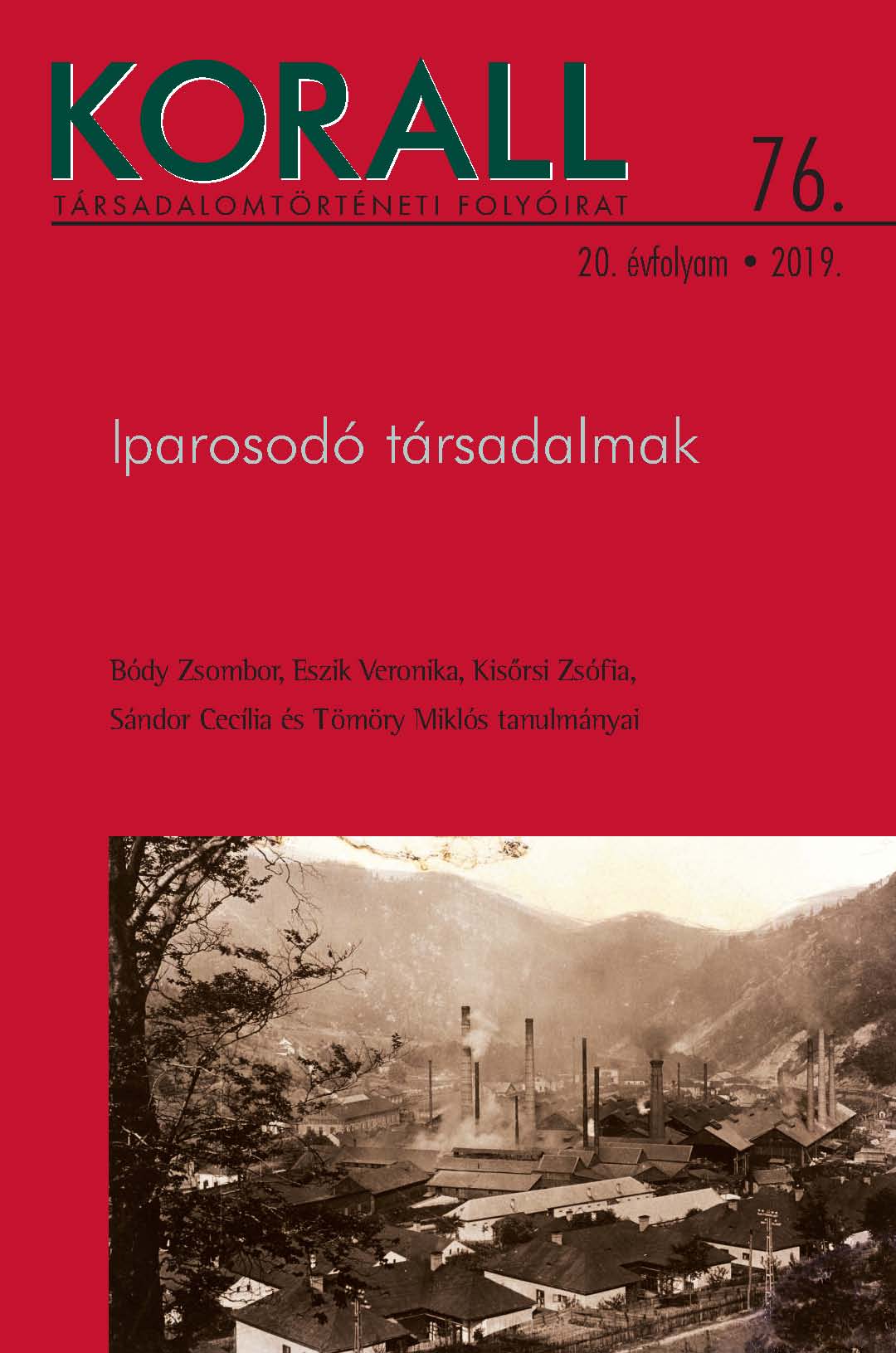Fiume árnyékában. A magyar kikötő dualizmus kori iparosításának regionális következményei
In Fiume’s Shadow: The Regional Consequences of the Industrialization of the Hungarian Port in the Age of Dualism
Author(s): Veronika EszikSubject(s): Economic history, Local History / Microhistory, Social history
Published by: KORALL Társadalomtörténeti Egyesület
Keywords: history;industrialisation;austro-hungarian period;
Summary/Abstract: Developing Fiume into an international port was one of the achievements of the Hungarian state that was acclaimed by the wider public in the Age of Dualism. The scale of the industrialization process is well illustrated by the fact that by 1891 the population of the city increased threefold as compared to the population at the time of the Compromise of 1867, and it became the second most industrialized city in Hungary based on the proportion of its industrial layer. Fiume’s significance, however, can be also gauged by other means that its position in the hierarchy of Hungarian cities. The city was also an integral part of the Croatian urban network and had major influence on other seaside settlements in its vicinity. This influence was partly exerted through the population employed by the industrial establishments of Fiume and commuting from the Croatian villages nearby. On the other hand, the fact that all infrastructural development was channeled into the city put it into an unbeatable position of advantage compared neighboring cities that formerly ranked similarly. The biggest loser in the process was Zengg (Senj). The study focuses on Zengg’s loss of position: primarily concentrating on the regional realignment as a consequence of Fiume’s industrialization, it sidesteps the praise of Fiume’s nation-wide significance and nuances the usual perception of the port city being isolated from its environment. The aim of the study is to find out how an industrial city’s centrally determined development is experienced by the neighboring region and its former trade hub, what narratives are created to describe its changing position, and how they respond to their new problems. The first part of the study concentrates on the narratives, while subsequent sections delve into the city’s problem-solving strategies.
Journal: Korall - Társadalomtörténeti folyóirat
- Issue Year: 2019
- Issue No: 76
- Page Range: 5-25
- Page Count: 21
- Language: Hungarian

